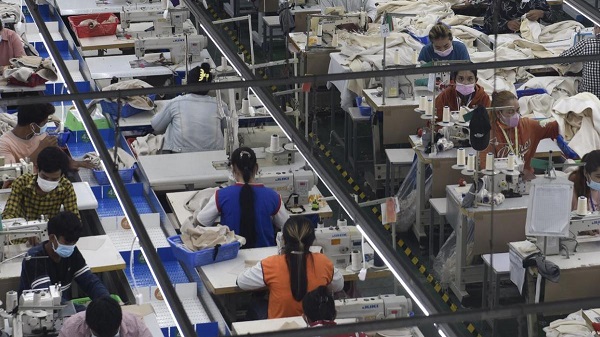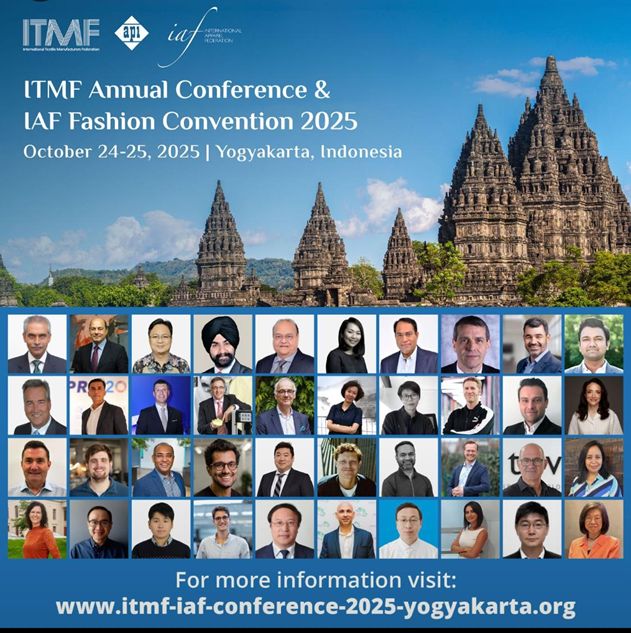
Pandemic induced lockdown, immediately followed by the war in Ukraine and EU’s sanctions against Russia has led to dark clouds of recession over Europe. A visible economic slowdown that threatens to get worse and an ever-rising inflation and energy costs, the picture is far from pretty. European consumers are not only feeling the pinch but are concerned about the affordability of energy bills as autumn will quickly turn to winter. This is leading to Europeans cutting down on all non-essential costs and garments are one of them.
An International Monetary Fund report earlier in October predicting the Euro zone will grow 3.1 per cent in 2022 and slide down to a mere 0.5 per cent in 2023. A worrying time does seem to lie ahead for South and South East Asian garment exporters and Bangladesh in particular. In fact, they are already weighed in by the economic crisis, and this has been red flagged by other garment exporting nations as well.
South East Asia faces the repercussion
In Bangladesh, things have taken a turn for the worse for RMG exports since last September. The sector posted a 7.5 per cent negative growth last month compared to the same month last year. Media reports indicate, the sector earned $1.77 billion, 19 per cent lower than the same period in 2021. Experts say negative growth is likely to continue for the next few months. At a time when the economy is already battling with a downward inflow of remittances through formal channels and increasing forex payments for fossil fuel imports, a fall in exports spells trouble for the economy at large. As per BGMEA, most factories are operating at 30 per cent capacity compared to the preceding quarter. The unavailability of gas and erratic power supply has also not helped matters.
Brian Lee Shun Rong, an economist at Malaysia’s largest financial services group, Maybank has warned that South East Asia will continue to feel the effect of declining exports as EU enters recession as it continues to face supply and cost of living shocks from the Russia-Ukraine war. Indeed, 2023 will prove to be a challenging year for the textile and RMG sectors in Asia.
A fledgling economy with the status of an underdeveloped one, Cambodia is a case in point. Its textile and RMG goods contribute well over 50 per cent to its exports and in January 2022, registered a good 37 per cent growth. By July, growth figures had dropped by nearly half as it stood at 19.7 per cent and fell into a trench in August at 2.7 per cent. Cambodia’s overall exports fell by 7.5% in September as per the Cambodian General Department of Customs and Excise report. This steady decline has already affected foreign currency reserves, textile and garment factories and employment in the country. Ken Loo, secretary-general of the Garment Manufacturers Association in Cambodia, an industry body, points out Cambodia’s exports to European markets will continue to decline in the fourth quarter of this year and into 2023.
Neighbor Vietnam is in a similar situation. Last year, Vietnam scored big as exports to the EU soared 14.8 per cent to $63.6 billion only to register a sharp decline of 14 per cent in August and September this year. Like Cambodia, Vietnam’s manufacturers are suspending operations in their factories and letting workers go. The Asian Development Bank reviewed and changed its forecasts for developing Asia, which includes much of Southeast Asia, from 5.2 per cent to 4.6 per cent for 2022, and from 5.3 per cent to 5.2 per cent for 2023. As per ADB’s senior economist James Villafuerte, the impact of EU facing an impending recession would vary country wise. The worst hit would be Cambodia and Vietnam whereas Malaysia and Indonesia would not be so affected.
Domestic markets to the rescue
Whilst naysayers predict impending gloom, the domestic markets of the South East Asian collective have opened up well after the lockdown and are slowly turning towards the pre-pandemic robustness. This will open up domestic consumption that will augur well for the local manufacturing sector although it will have to come up with more cost efficient ways to cater to a willing consumer segment with less spending power than their Europoean counterparts.












